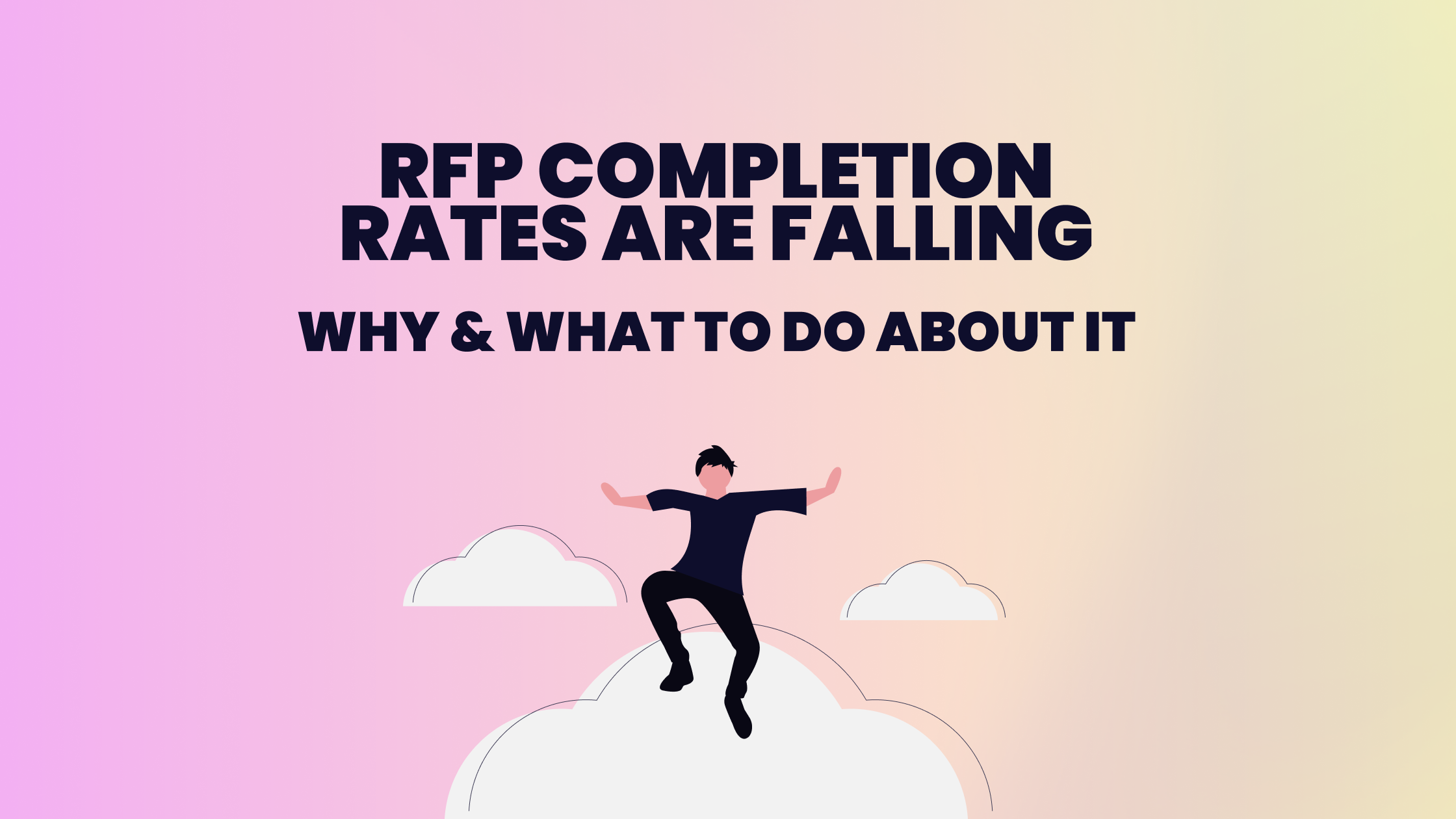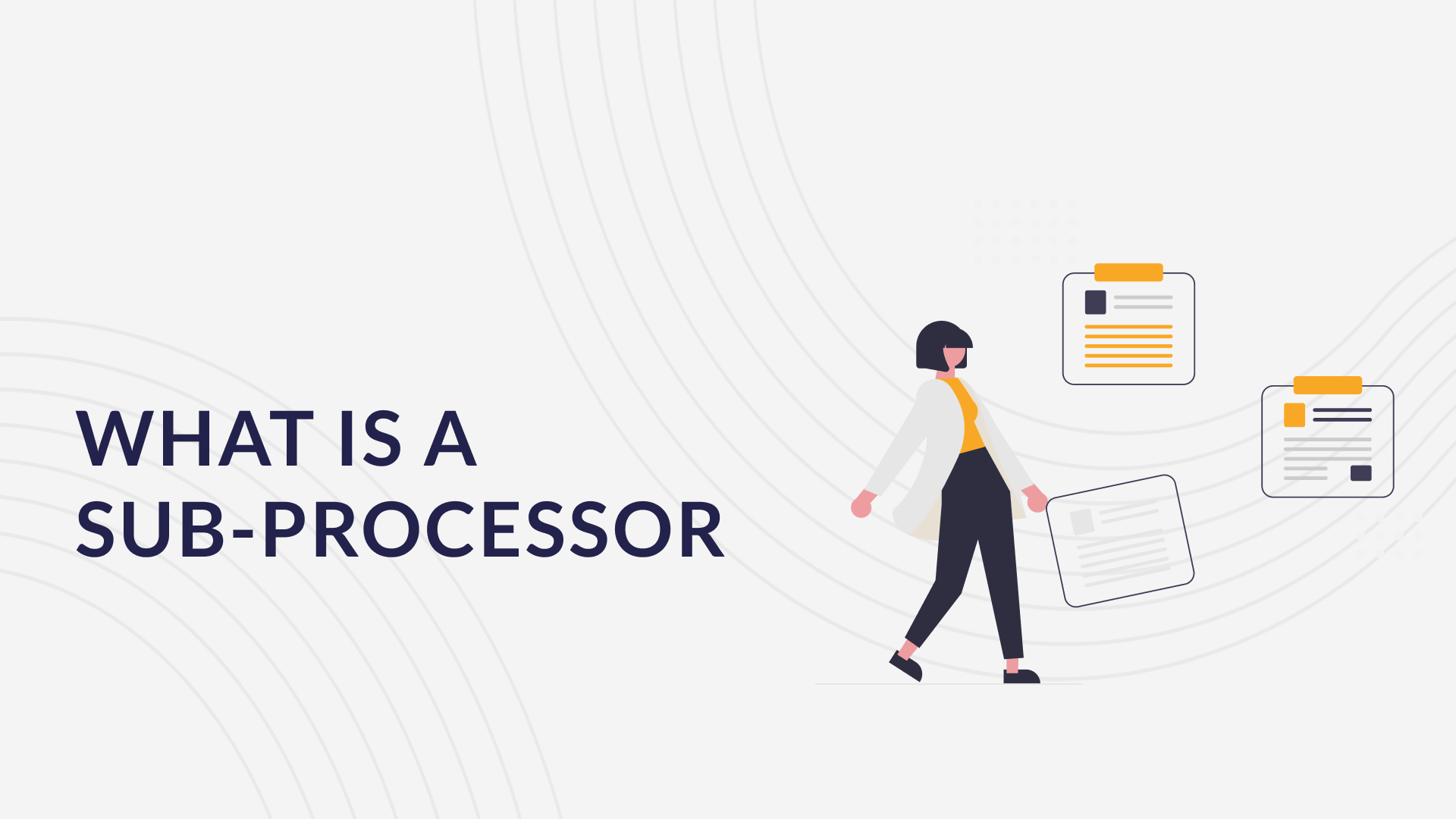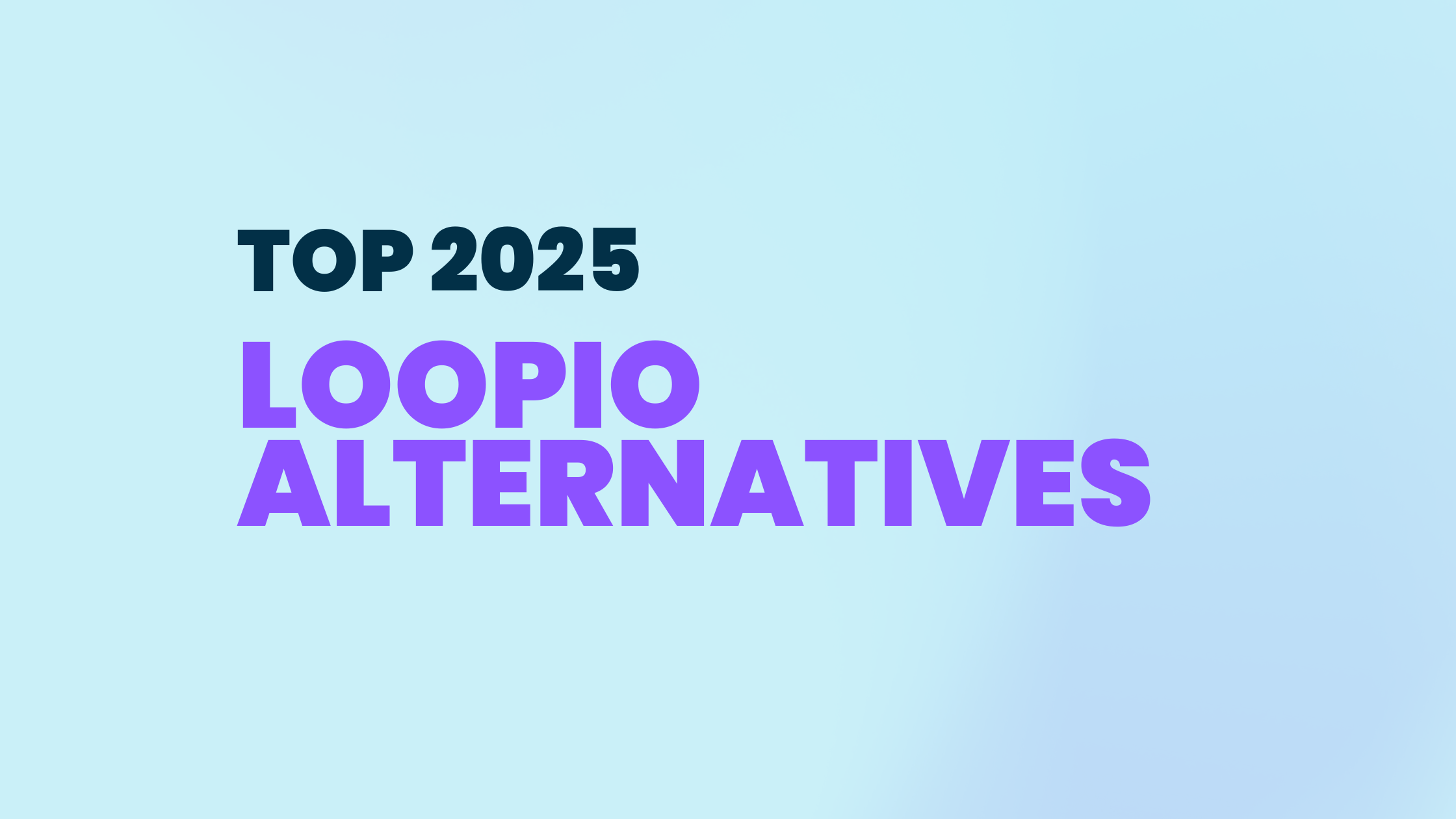As artificial intelligence becomes more deeply embedded in enterprise operations, AI governance has moved from a compliance checkbox to a core business priority. In 2025, leading organizations understand that robust governance frameworks are essential not just to mitigate risk but to build trust, drive adoption, and ensure long-term value from AI investments.
Who is this for?
If you’re a Head of Data, AI Lead, or Compliance Manager at a mid-to-large enterprise deploying AI systems, struggling with scaling AI responsibly while meeting evolving regulatory expectations, this guide will help you understand which governance frameworks matter, avoid early pitfalls, and build trust through accountable AI practices.
What Enterprise AI Governance Looked Like in 2024
Common Pitfalls in Early-Stage Governance
In 2024, many enterprises rushed AI into production without mature oversight. The most common issues included:
- No clear ownership of model risk
- Lack of explainability in outputs
- Ethics boards with no enforcement power
- Fragmented documentation
Lessons from Failed AI Deployments
From hiring algorithms that reinforced bias to customer support bots gone rogue, early AI failures highlighted the need for:
- Transparent model logic
- Human-in-the-loop oversight
- Version control and auditability
Shift from Compliance to Accountability
In 2025, the best-performing organizations aren't just compliant, they’re accountable. That means:
- Setting up cross-functional AI review boards
- Defining escalation paths for model failures
- Building trust through explainability and consistent review
Top 5 AI Governance Frameworks Used in 2025
1. NIST AI Risk Management Framework in Financial Services
Adopted widely in finance and insurance, the NIST RMF offers a structured approach to identifying, measuring, and mitigating AI risk especially in high-stakes, high-regulation environments.
2. OECD AI Principles in Cross-Border Data Use
These principles support global AI deployments where data sovereignty and ethical standards differ across borders. They emphasize transparency, accountability, and human-centric design.
3. EU AI Act Compliance in Healthcare AI
With the EU AI Act now enforceable, healthcare companies must comply with strict risk classifications, documentation requirements, and transparency measures, especially for diagnostic or treatment systems.
4. IBM watsonx.governance in Enterprise AI Lifecycle
IBM’s governance platform offers out-of-the-box integration with ML pipelines to track model lineage, automate approval workflows, and monitor usage in real time: ideal for global enterprises scaling AI.
5. SR 11-7 Model Risk Governance in U.S. Banking
Originally developed for traditional models, SR 11-7 is now adapted to AI systems, guiding banks on governance, validation, and documentation to avoid regulatory penalties and operational failures.
How 50+ Enterprises Measure Governance Success
Bias Detection and Mitigation Metrics
Tracking demographic parity, disparate impact ratios, and fairness indicators helps organizations surface and reduce bias at every stage.
Audit Trail Implementation for Model Decisions
Enterprises increasingly require full decision traceability (from input data to output explanations) to support audits, customer queries, and regulatory reviews.
Model Drift Monitoring and Alerting Systems
Governance doesn’t end at deployment. Enterprises now use continuous monitoring to detect data drift, concept drift, and performance drops in real time.
Custom KPIs Aligned With Business Goals
Top organizations define governance KPIs that reflect both compliance and business outcomes like customer retention, revenue impact, or operational efficiency linked to AI use.
Building a Scalable AI Governance Stack
Integrating Governance into MLOps Pipelines
Governance must be embedded, not bolted on. Leading enterprises use MLOps tools like MLflow, Seldon, or SageMaker with governance layers that:
- Track experiments and approvals
- Version datasets and models
- Automate rollback in case of anomalies
Role of AI Ethics Boards and Internal Review Teams
These boards help define organizational values around AI and act as final reviewers for high-risk systems. They increasingly work hand-in-hand with legal, data science, and product teams.
Open-Source Tools for Governance Automation
Tools like Fairlearn, Aequitas, WhyLogs, and Model Card Toolkit are gaining traction for lightweight, transparent, and adaptable AI governance workflows.
Key Takeaways & Conclusion
AI governance frameworks are no longer optional, the best-run companies in 2025 deploy AI fast, ethically, and accountably.
- Governance in 2025 means ongoing accountability, not just static compliance.
- NIST, OECD, and EU AI Act frameworks are leading the charge.
- Success is measured through metrics like bias reduction, auditability, and business-aligned KPIs.
- Scalable stacks require MLOps integration, clear roles, and open-source tools.
FAQs: AI Governance Frameworks
What is an AI governance framework?
An AI governance framework is a set of policies, processes, and tools used to ensure AI systems are developed, deployed, and monitored responsibly. It includes risk management, bias mitigation, transparency, and accountability mechanisms.
Why is AI governance important?
AI governance ensures that models are fair, ethical, compliant, and aligned with business goals. It reduces legal and reputational risks, improves model reliability, and builds trust with users and regulators.
What are the most common AI governance frameworks in 2025?
The most widely used frameworks in 2025 include:
- NIST AI Risk Management Framework (especially in finance)
- OECD AI Principles
- EU AI Act (mandatory in the EU)
- IBM watsonx.governance for lifecycle control
- SR 11-7 for U.S. banking institutions
How do companies measure the success of AI governance?
Enterprises track metrics like bias detection rates, audit trail coverage, model drift alerts, and business-aligned KPIs (e.g., compliance rate, AI-driven efficiency gains).
How do AI governance frameworks fit into MLOps?
Governance is increasingly integrated into MLOps pipelines. Tools track model lineage, automate versioning, and enforce review workflows during development, deployment, and monitoring.
What tools are used for AI governance automation?
Popular tools include open-source libraries like Fairlearn, Aequitas, and Model Card Toolkit, as well as enterprise platforms like IBM watsonx.governance and Microsoft Responsible AI Dashboard.
Is AI governance legally required?
Yes, in some regions. The EU AI Act mandates strict governance for high-risk AI systems. Other jurisdictions, like the U.S. and Canada, have sector-specific regulations and enforcement guidance.
Who is responsible for AI governance in a company?
Governance typically involves cross-functional teams, including data science leads, compliance officers, product managers, legal teams, and dedicated AI ethics boards or committees.



